-
CN
-
Service Hotline
+8618129931046 Mr. Liao


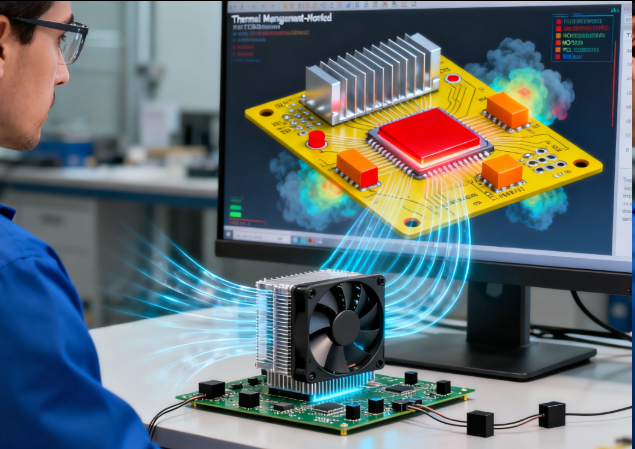
Thermal Management-Oriented PCBA Design is a design approach that optimizes printed circuit board assemblies to dissipate heat efficiently, preventing component overheating, which can cause performance degradation, shortened lifespan, or catastrophic failure. Unlike designs that ignore thermal e
 Nov 27, 2025
Nov 27, 2025
 1
1

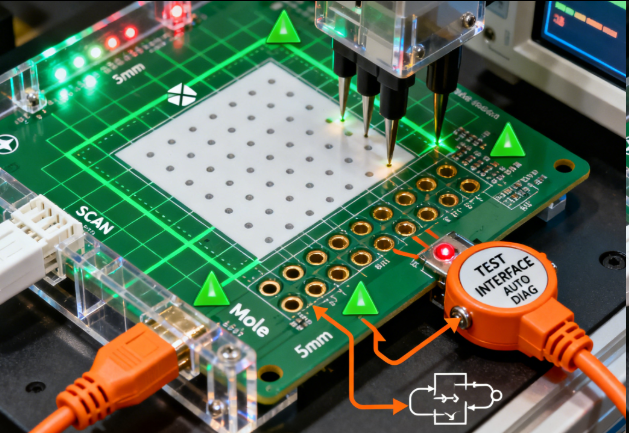
Testability-Oriented PCBA Design (Design for Testability, DFT) is a design approach that integrates features to enable efficient, accurate testing of printed circuit board assemblies—identifying manufacturing defects (e.g., open circuits, short circuits, wrong components) and functional issues early
 Nov 27, 2025
Nov 27, 2025
 1
1


Cost-Optimized PCBA Design is a design strategy that reduces the total cost of printed circuit board assemblies—including material, manufacturing, and lifecycle costs—without compromising performance, reliability, or functionality. Unlike designs that prioritize performance over cost, cost-optimized
 Nov 27, 2025
Nov 27, 2025
 1
1

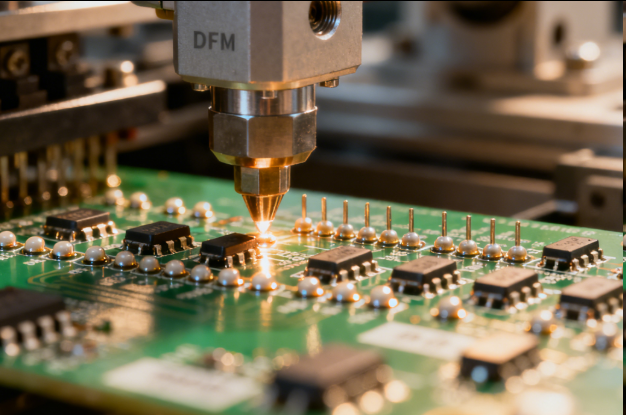
Manufacturability-Oriented PCBA Design (also known as Design for Manufacturability, DFM) is a design approach that optimizes printed circuit board assemblies to align with mass production processes, minimizing manufacturing defects, reducing assembly time, and ensuring consistency across large p
 Nov 27, 2025
Nov 27, 2025
 1
1

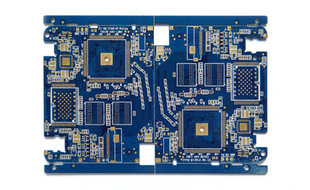
PCBA small-batch trial production refers to the low-volume manufacturing process of Printed Circuit Board Assemblies (PCBAs) — typically ranging from 10 to 500 units — conducted before mass production. This stage is critical for verifying design feasibility, identifying potential issues, and opt
 Nov 21, 2025
Nov 21, 2025
 1
1

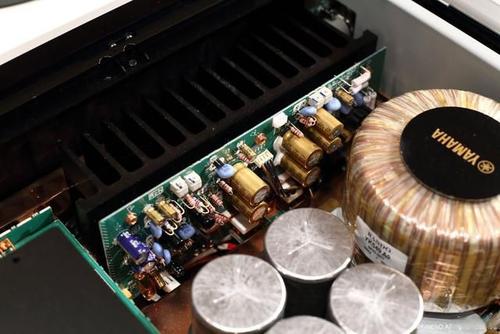
Automotive electronics PCBA assembly focuses on manufacturing high-reliability Printed Circuit Board Assemblies for vehicle-mounted electronic systems—such as engine control units (ECUs), infotainment systems, advanced driver-assistance systems (ADAS), battery management systems (BMS) for electric v
 Nov 20, 2025
Nov 20, 2025
 1
1
